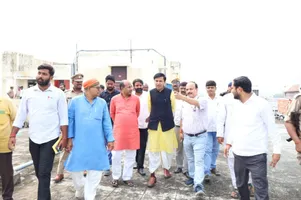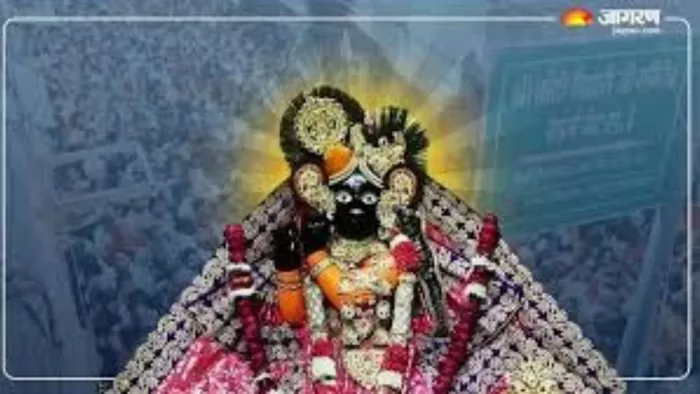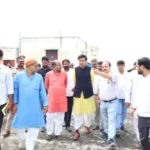Controversy Erupts at Bankebihari Temple Over High Power Committee Orders
In a significant turn of events, the High Power Committee overseeing the operations of the Bankebihari Temple has faced considerable pushback regarding its recent directives. A faction, comprising devotees and temple authorities, has openly challenged the committee’s mandates, expressing their refusal to comply with certain orders that they deem inappropriate and outside the temple’s traditional practices. This situation has sparked a heated debate among the temple’s community, drawing attention to the governance and management of one of the country’s prominent religious sites.
The High Power Committee, established to ensure the smooth functioning and modernization of the temple, issued a set of guidelines intended to streamline operations. However, the response from temple authorities and devotees has been less than favorable. Critics argue that these orders undermine the rich heritage and customs that have been integral to the temple’s identity for generations. As tensions mount, questions arise about the balance between modernization and tradition within revered religious institutions.
Devotees have raised concerns that the committee’s directives could lead to a dilution of the temple’s spiritual essence. Many feel that the changes proposed do not resonate with the values and beliefs that the Bankebihari Temple embodies. This resistance highlights a deep-rooted desire among the faithful to preserve the temple’s sanctity and historical significance, rather than conforming to policies perceived as overly administrative and detached from the community’s needs.
The committee, on the other hand, defends its position by arguing that these measures are essential for the temple’s growth and adaptation to modern demands. They contend that the guidelines aim to enhance the visitor experience, improve management practices, and ensure the temple can accommodate the increasing number of pilgrims. Despite these intentions, the pushback illustrates the complexities involved in managing religious spaces that hold traditional values while navigating the needs of contemporary society.
As the discourse intensifies, community leaders and stakeholders are calling for a dialogue between the committee and temple authorities. They advocate for a collaborative approach that respects the temple’s heritage while also considering the practical aspects of its management. This situation serves as a reminder of the ongoing struggle many religious institutions face: balancing the preservation of time-honored traditions with the necessity for modernization and operational efficiency.
In light of this controversy, it remains to be seen how the committee will respond to the objections raised by temple authorities and devotees. Will they reconsider their directives, or will they stand firm in their approach? The outcome of this conflict could set a precedent for how other religious institutions address similar challenges in the future. The Bankebihari Temple, with its rich history and cultural significance, finds itself at a crossroads, and the decisions made in the coming days will undoubtedly shape its future.
The ongoing situation at Bankebihari Temple highlights the broader issues of governance, tradition, and community involvement in the management of sacred spaces. As discussions continue, it is crucial for all parties involved to engage openly and constructively, ensuring that the temple remains a place of worship and a symbol of cultural identity for generations to come. The resolution of this dispute may very well influence how other religious sites navigate the complexities of modernity while honoring their past.















